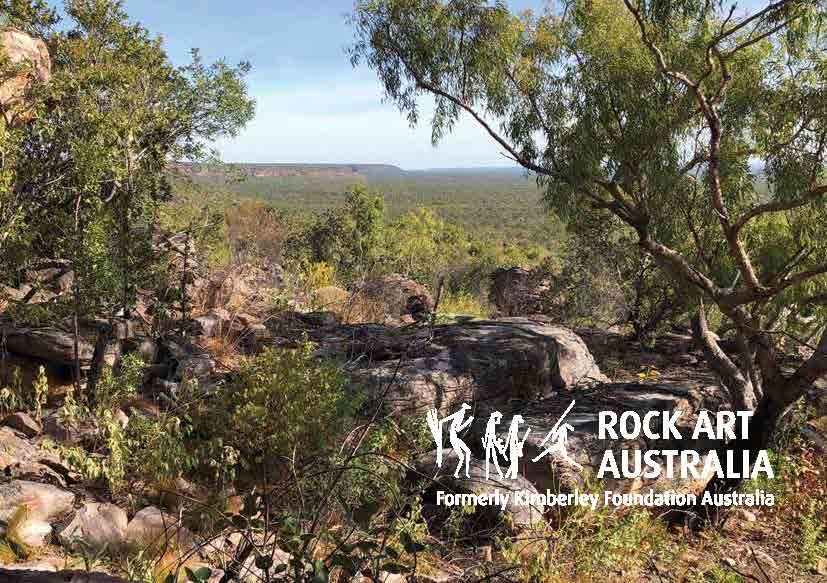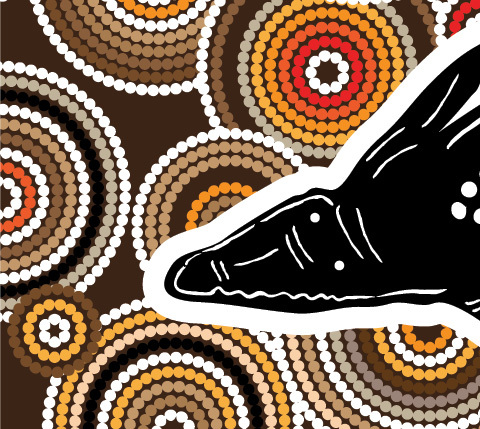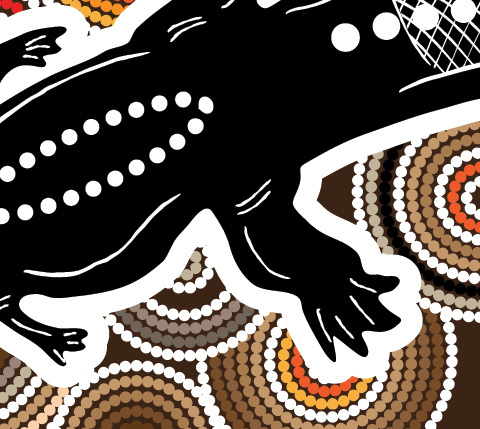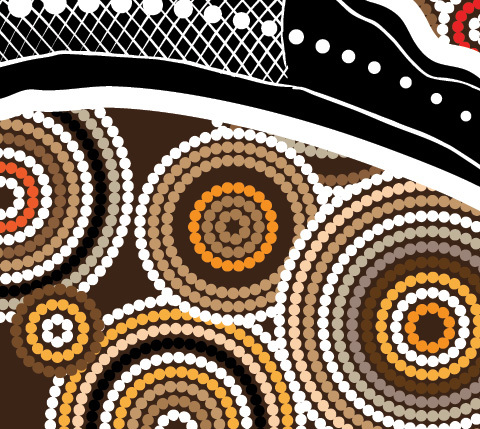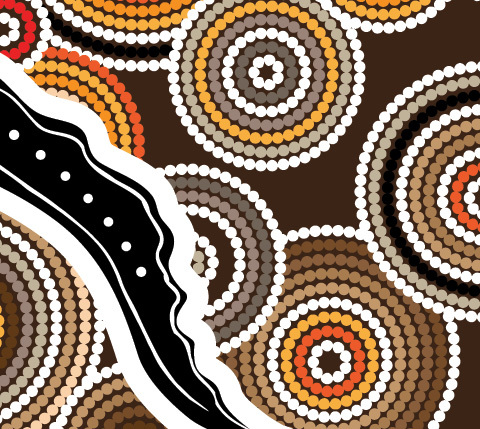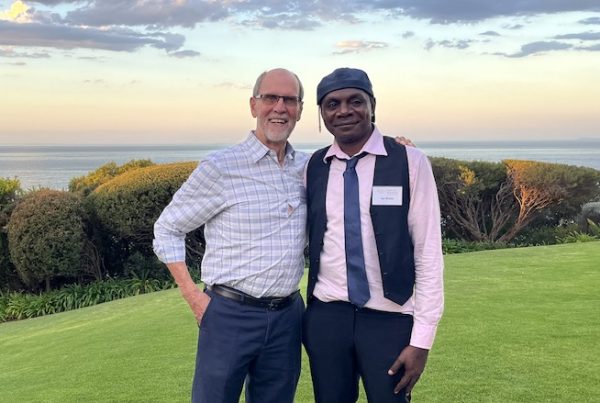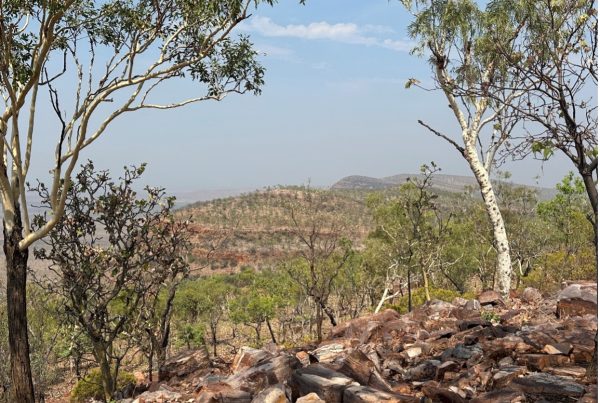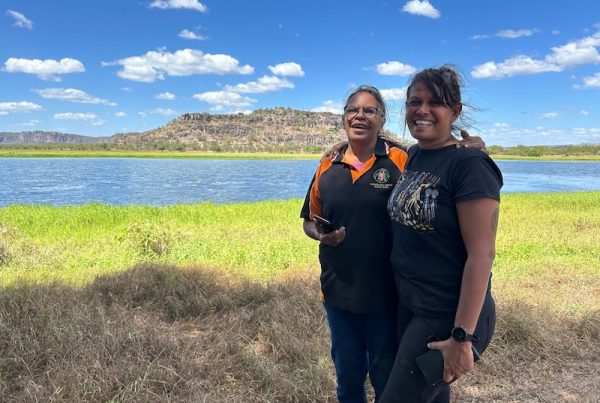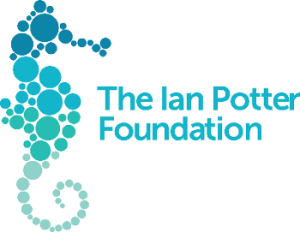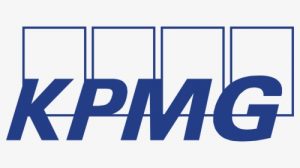Welcome to Rock Art Australia’s August E-News.
Prof Hamish McGowan from the University of Queensland reports on the first season of the Unlocking Environmental Archives project. “At last we’re in the field. After 18 months of delay it’s magic to be in the Kimberley”
And finally, an update from the RAA Kimberley Chair (UWA) and the RAA Minderoo Chair.
Due to Covid-19 lockdowns and border restrictions we’ve been unable to proceed with our lecture series and related events. We are creating a virtual event next month to bring you the latest news and share the big picture, so stay tuned!
Best wishes to all our friends and supporters.
![]()
Cas Bennetto I CEO
The natural 'glazes' on the walls of Kimberley rock shelters help reveal the world the artists lived in
The Kimberley region is host to Australia’s oldest known rock paintings. But people were carving engravings into some of these rocks before they were creating paintings.
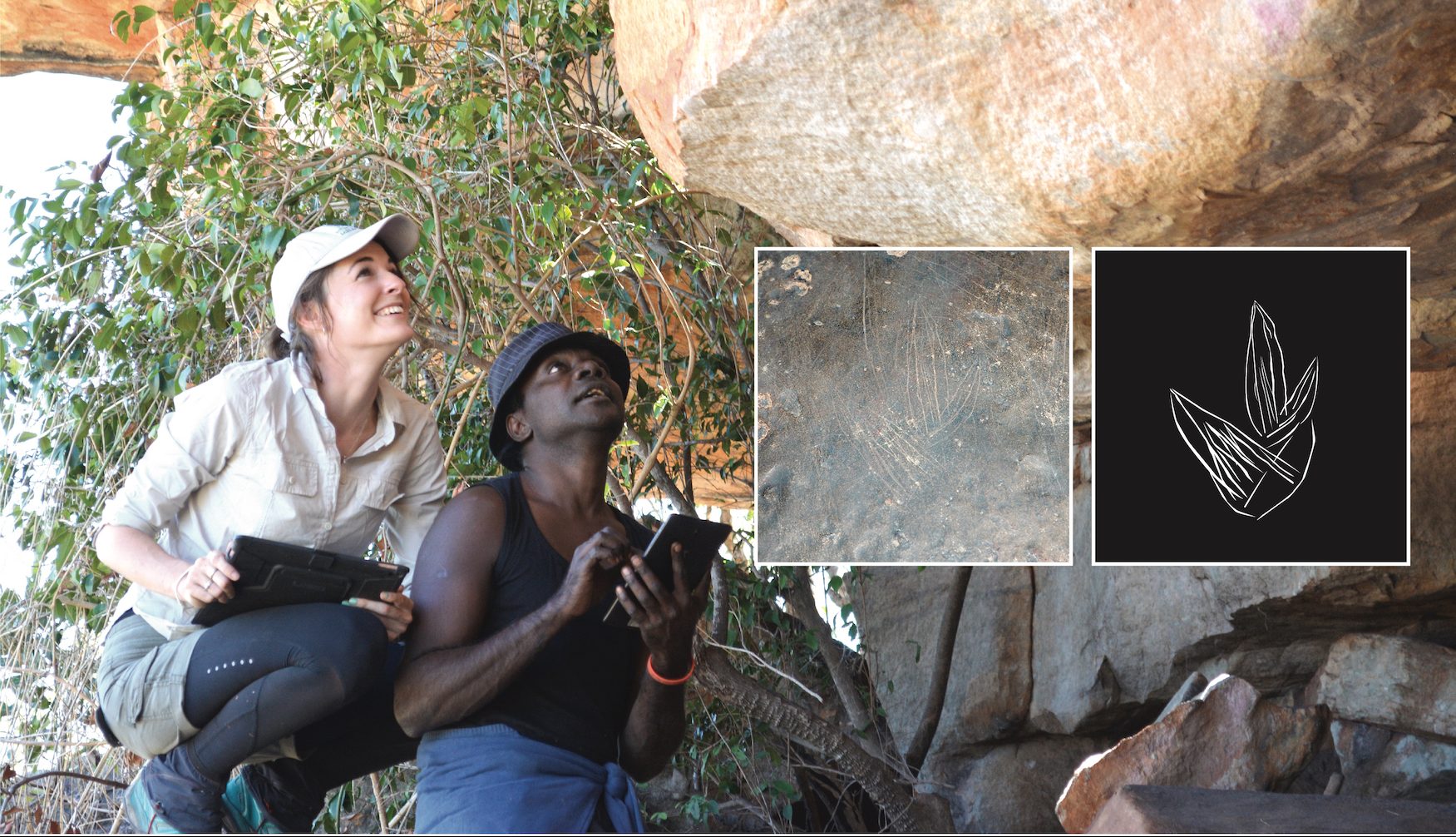
Dr Helen, Traditional Owner Ian Waina and the marsupial tracks scratched into a glaze-like coating at a rock shelter in the northeast Kimberley. Photo & Illustration: Pauline Heaney; Inset: Photo: Cecilia Myers.
Dr Helen Green, RAA Fellow in Rock Art Dating at The University of Melbourne, explains the research:
Samples of the glazes were collected for analysis in consultation with local Traditional Owners from the Balanggarra Native Title region, partners on our research project.
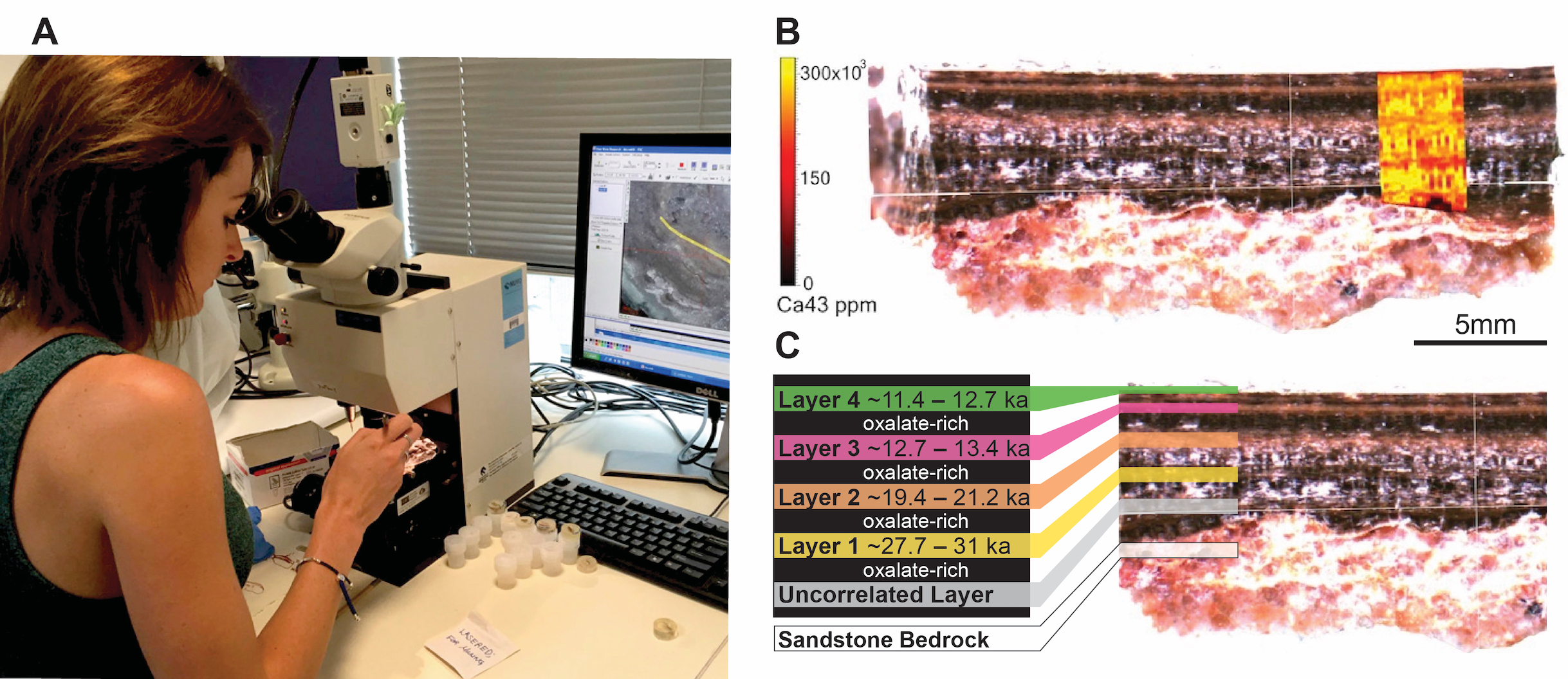
Providing a paleo-environmental framework
Unlocking environmental archives project visits swamps and collects sediment cores in the Kimberley
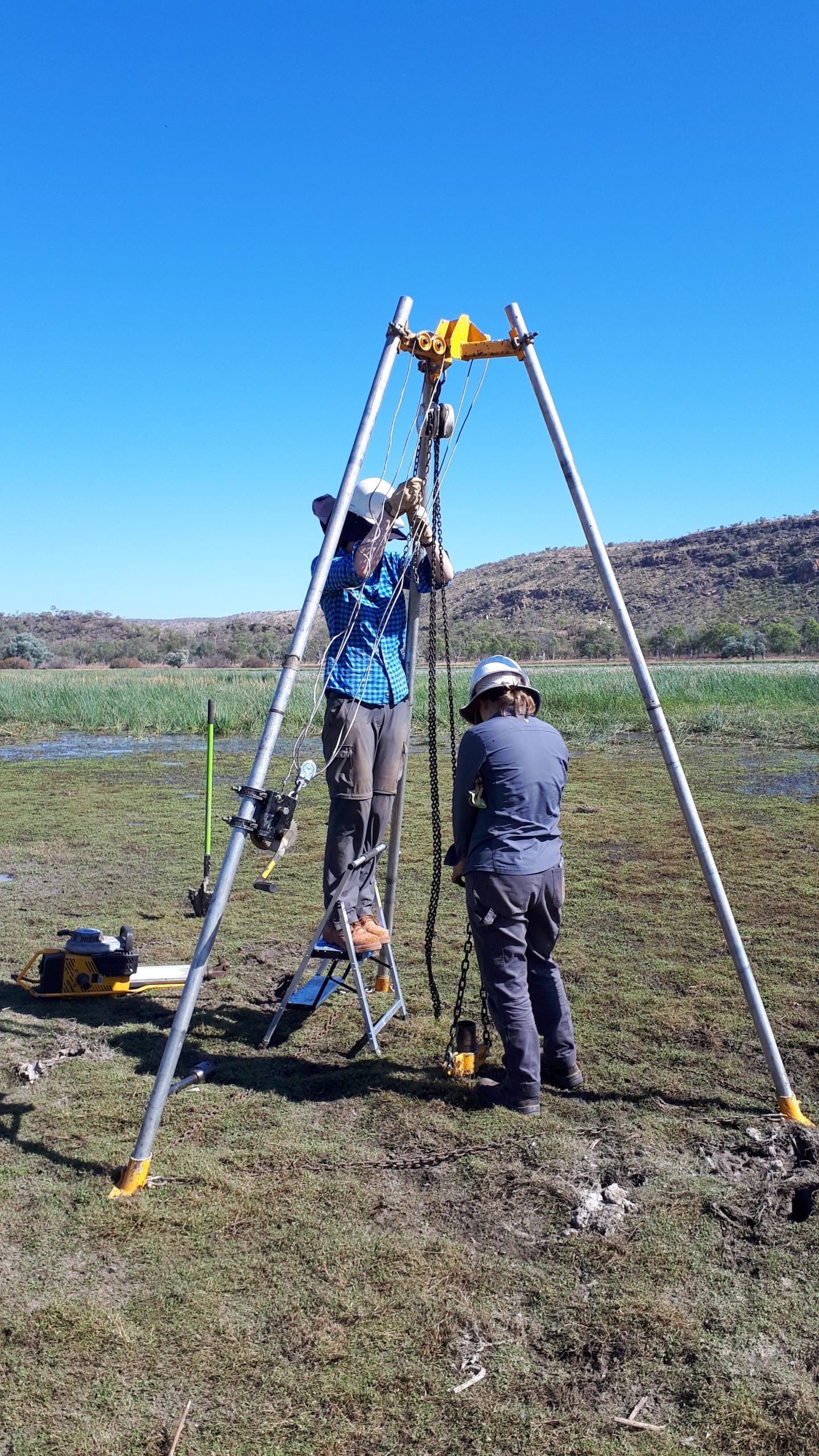
Dr Rachel Rudd (Postdoc) and Teresa Dixon (PhD student) coring on Bullo River Station. Photo: Hamish McGowan
We are collecting sediment cores from paleo-environmental archives in the southeast, northeast and northwest Kimberley. So far, we’ve collected two good cores from very near WA/NT border in northwest Tanami and sediment cores on Birrindudu Station (2 cores > 2.3m) and 2 x 2.3 m cores on Bullo River Station.Throughout the downtime we were able to make progress with the paleoclimate numerical modelling (PhD project led by Andrew Lowry). Andrew compiled a database of paleoclimate records for the Australian region and these will be used to validate and fine-tune the numerical modelling. Locating appropriate sites, arranging access and permits, and preparing equipment also kept the team busy.
My gut feeling is that all these cores represent very long periods of time but of course we won’t know until we get dates back from the lab. We aim to sample more sites where we have permission, before our long drive back to Brisbane…
Thanks Hamish – we look forward to hearing more!
Final field season for Kimberley Visions: Rock Art Style Provinces of North Australia
A Coastal Survey in the BAC-Department of Biodiversity, Conservation and Attractions jointly managed North Kimberley Marine Park, a week of outreach and survey in Wyndham, and a survey in the Cockburn Ranges wrapped up the final field season for Kimberley Visions
More than 1300 sites recorded and over 600 on-Country days for Traditional owners… this 6-year project is drawing to a close.
In their final field trip the team recorded a variety of rock art and other heritage sites including a notable and rare engraving site. They worked on a pilot fire management and rock art project with the Kimberley Land Council and spent a week in Wyndham with school children on a Schools Outreach program sharing information about the rock art and working with Rangers on site management. They rounded out their work on Home Valley Station – now run by Balanggarra Aboriginal Corporation (BAC) – and adjacent Cockburn Ranges to scope possible future work and heritage management.
Researchers participated in a Community Day in Wyndham and a presentation of findings to BAC directors. The Australian Archaeology ‘Skills Passport’ was used to recognise learning outside a formal diploma or certification. The passport enables two way learning, for example, Indigenous Rangers and Traditional Owners signing off on researchers’ cultural competence and skills; and researchers can sign off on a range of technical skills acquired by Traditional Owners and Rangers such as map reading, analytical writing, and excavation techniques. They also helped develop and field test the Kimberley Land Council’s LARA (Looking After Rock Art) app. Everyone participated in BAC’s opening of Home Valley on 21 June – the iconic pastoral lease and tourism facility in the East Kimberley.
The Kimberley Visions team extends its thanks all project partners – especially to RAA supporters who helped to fund the multidisciplinary and collaborative project developed to investigate 50,000 years of human life through the many art traditions of the east Kimberley.
Update from the Research Chairs
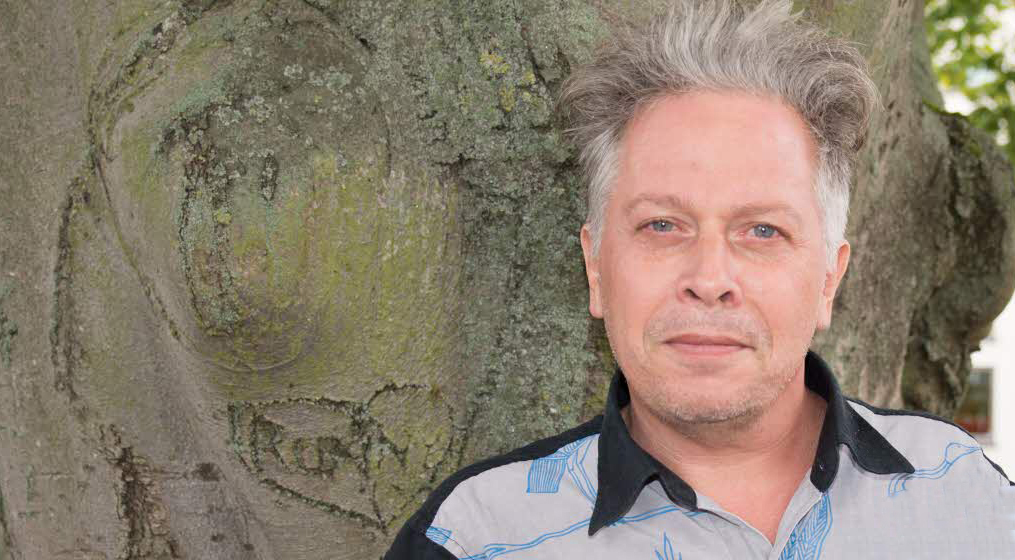
Professor Joakim Goldhahn
RAA is supporting Joakim to participate in an Arnhem Land-based project that was awarded a three-year ARC Special Research Initiative grant – Art at a Crossroads: Aboriginal responses to contact in northern Australia. The research focuses on contact rock art made during the last 400 years in western Arnhem Land. In May, June, and July, JOoakim, together with Dr Sally May and Prof. Paul Taçon made several trips to Darwin, Jabiru, and Gunbalanya to set up the project with partners, Davidsons Safari and Injalak Arts.
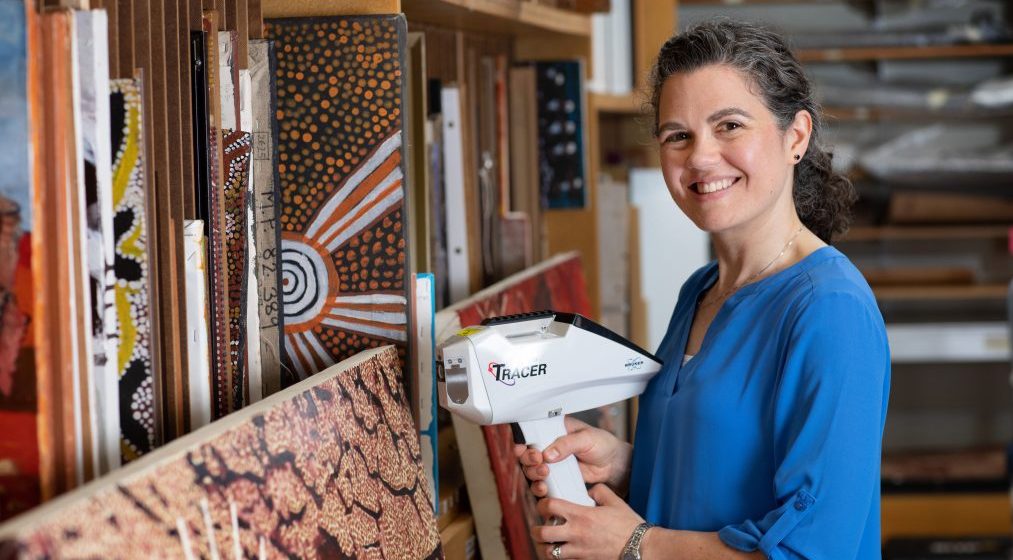
Professor Rachel Popelka-Filcoff
Rock Art Australia Minderoo Chair in Archaeological Science at the University of Melbourne (UoM)
Rachel has established her Archaeological Science laboratory at the University of Melbourne with a focus on state-of-the-art analytical approaches to cultural heritage materials.
She is a Chief Investigator on the recently announced ARC Linkage project From the Desert to the Sea: Managing Rock Art, Country and Culture, led by Prof Jo McDonald at the Centre for Rock Art Research + Management (CRAR+M) at UWA.
Rachel leads the ARC Discovery project Ochre archaeomicrobiology: a new tool for understanding Aboriginal exchange, which is developing new methods for sourcing ochre pigments. She is also working on the characterisation and provenance of natural mineral pigments such as ochre, with partners in South Australia, Northern Territory and Western Australia.

